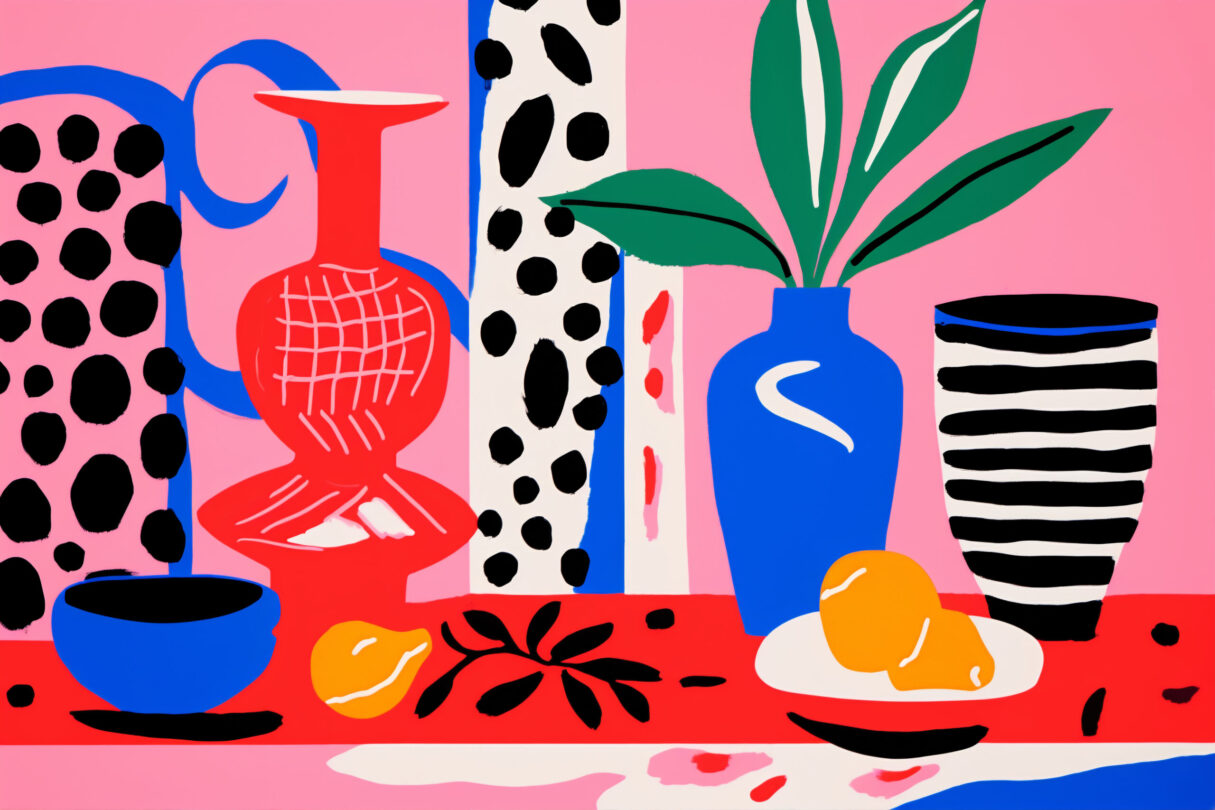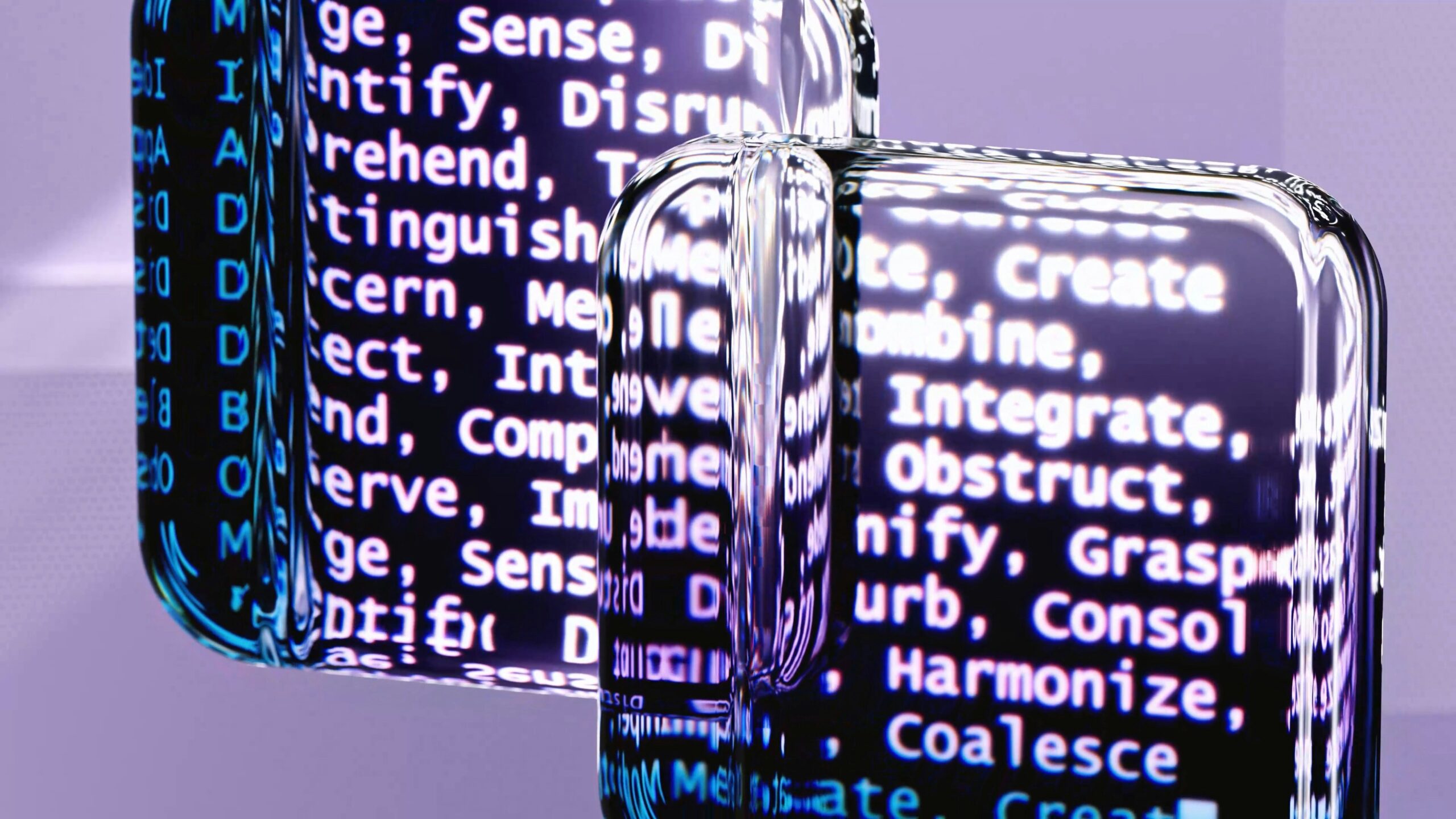A series of young, androgynous faces appear from – or is it fade into? – a fine veil of luminous mist and a penetrating darkness. Bertram Hasenauer’s shape-shifting portraits hover between the familiar and the strange. His figures are archetypes, indeterminate, and emotionless and yet, occasionally, there’s a glimmer of recognition, a sense that we have seen, if not this face, then one like it before.
first solo exhibition at Kristin Hjellegjerde Gallery London
Eight Minutes, the Austrian artist’s first solo exhibition at Kristin Hjellegjerde Gallery, presents a new series of intense, concentrated works that reflect on the painting process itself and the ways in which we read and understand images.
Hasenauer originally trained as a sculptor and before that a jewellery maker and has carried with him into painting both a deep respect of material and process. He tends to use fashion photographs from magazines as the starting point for his works, which he re-photographs, prints out and arranges into collages before photographing them again.
Through the painting process – the slow application of very thin layers of glaze on a white-primed canvas or the precise drawing of a silhouette in silverpoint or glass brush on a black surface – he further distances the image from its original context to create what he calls ‘an idea of a figure.’ In almost all of the paintings, this spectral being fixes the viewer with an impenetrable stare. Even in Eight minutes and nine seconds, in which the figure’s head is turned away from us, seemingly dissolving into white, we still feel their gaze – or is it that we desire it?
The idea light disappearing to reveal something new

Painting Size: 40 x 30 cm / 15 3/4 x 11 3/4 in | Framed Size: 42 x 32 cm / 16 1/2 x 12 5/8 in
The title for this latest series of works was inspired by Hasenauer’s discovery that it takes exactly eight minutes for our eyes to see, or rather filter out the colour blue as it travels from the sun. This idea of light disappearing to reveal something new resonated with his approach to creating an image. In the ‘light’ paintings, his figures appear soft focus as if they are melting into the background – at times, the contour of their face is barely distinguishable from the white that surrounds them – while the clothes that they wear are opaque and often vividly coloured.
They, too, alternately conceal and reveal the body, the creases and shadows of the fabric are suggestive of movement, the softness of flesh. This is perhaps most obvious in Eight minutes and fourteen seconds, the only ‘non-portrait’ in the exhibition and the most overtly sculptural image. Here, we are presented with a cropped view of a figure from the shoulders to just below their hips. A haze of blue seeps in from the top of the canvas, fading in intensity as it reaches the bottom, though the figure seems to have soaked up the hue that has the effect of both softening and defining the silhouette.
The reflection on our personal engagement with each image
The ‘darker’ works, by contrast, rely on the interaction of light and the physical positioning of the viewer in space to veil or expose the image. While the other paintings draw us in with bold colour or precisely drawn details – the arch of an eyebrow, the sunken groove above the figure’s lips – these works create an shift our perspective.
Here we must allow our eyes to become accustomed to the dark before incandescent features gradually begin to emerge – the soft glow of skin, a sharply pleated colour, the flashing whites of eyes looking back at us. It is through this deep contemplation that we also begin to understand the making of the image – how the colour emerges through the application of multiple layers, how innumerable lines drawn with a silverpoint pen render a precise drawing.
Unnerving though they may seem on a first glance, these are works that invite calm and concentration. They do not seek to impress meaning on the viewer, but instead ask us to reflect on our personal engagement with each image.

100 x 80 cm / 39 3/8 x 31 1/2 in



















